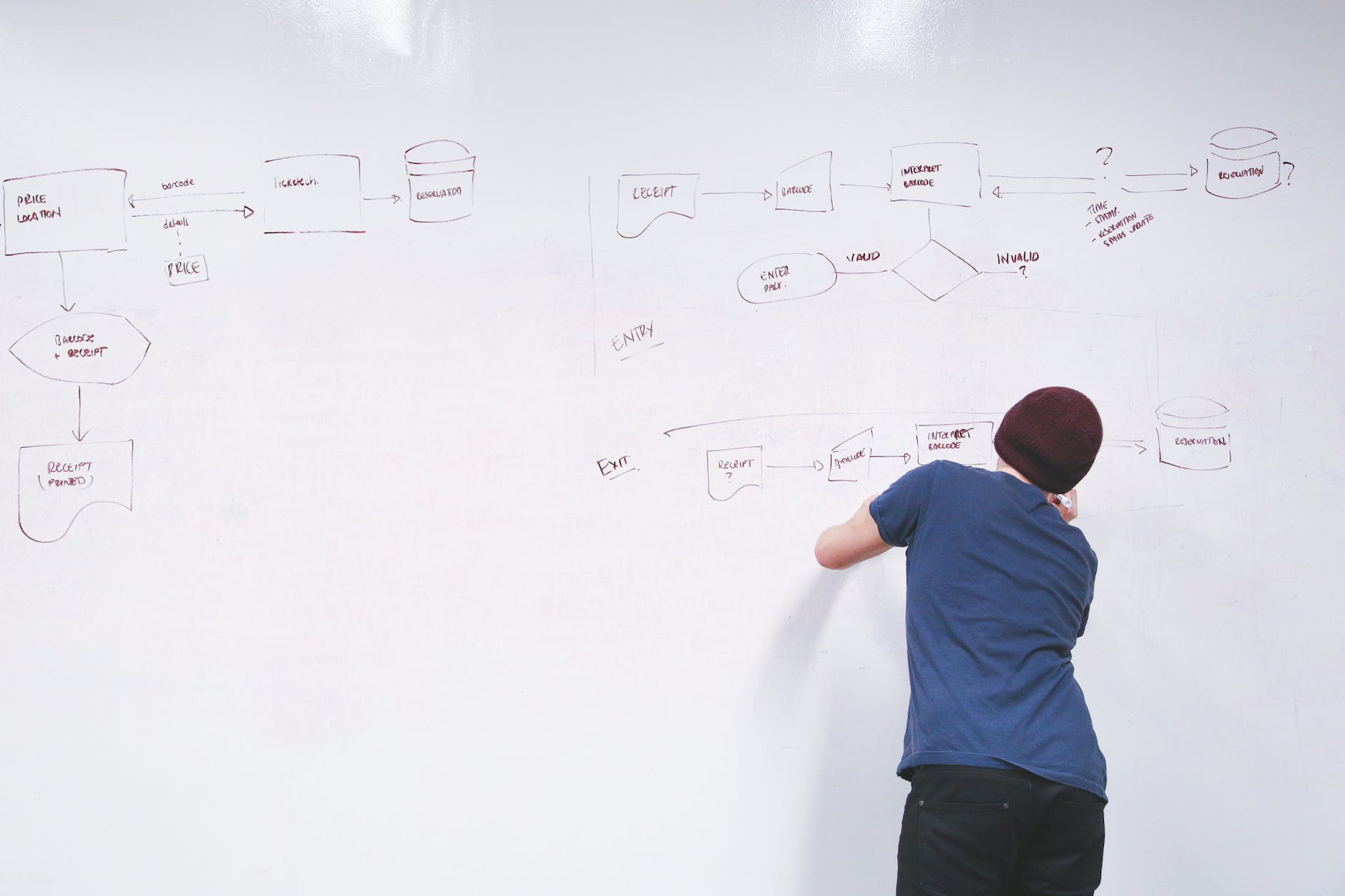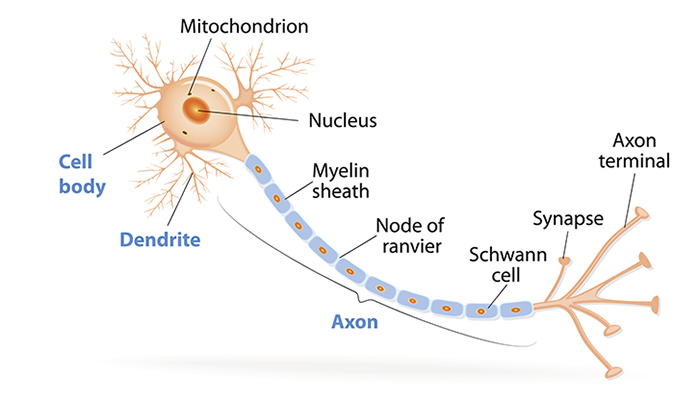Category: Research
-
Diagnostic Pathways for Idiopathic Neuropathy

“You have a serious illness of an undisclosed nature.”
-
CIDP and CMT

I’ve been interested in the diseases and disorders that can be mis-diagnosed as CMT (or vice versa) for a while. One that has come up a lot is Chronic Inflammatory Demyelinating Polyradiculoneuropathy (CIDP). CIDP can look like CMT cases where demyelination is prominent, usually Type 1/1A. In one international study of more than 1,100 people…
-
Physical and Emotional Pain Need Equal Attention in CMT and Polyneuropathy Communities

Alongside research for treatments and cures, the CMT community needs to take a hard look at some elephants in the room — the most common and most remnediable pains and struggles impacting our quality of daily life.
-
Differential Diagnosis with Dr. ChatGPT-4 in the House

In a matter of seconds, ChatGPT reviewed and confirmed the findings of three neurologists and a genetic counselor that took me six years to gather. It also suggested a new diagnostic path that was only vaguely hinted at by the human diagnosticians.
-
The “First Treatable CMT Disease” is Neither CMT Nor a Disease

CMT-related research may truly do away with CMT disease first by eliminating or updating how naming and classification works in neurological pathology.
-
New Gene (PSAT1) Linked to Treatable CMT-like Outcomes

Two new and treatable cases of peripheral neuropathy reported in children raise more questions about the definition and diagnosis of CMT types.
-
Physical Assessments for CMT

There are several validated assessment instruments for CMT to take stock of its current and later states of progression.
-
CMT, Depression, and Anxiety

It’s not surprising to learn from another (and more detailed) study (summarized here) than I’ve seen before that people with CMT are very often dealing with depression and/or anxiety, especially with more severe versions of the disease, and many go “untreated.” “Untreated” in this case means “unmedicated,” and there is a lot more that can…
-
Conference Videos Worth Watching
The 2022 CMT Patient and Research Summit has all its session recordings online now. These are mostly research-oriented, but not all. It’s good to see a few sessions on therapy and things you can do for yourself, in addition to the research focused on specific CMT subtypes. Of note: CMT is a Multi-System Disease by…
-
The “first treatable” form of CMT?

I wrote this brief article on the way the SORD gene works (or fails to work) for the Hereditary Neuropathy Foundation. SORD mutations cause “the most common autosomal recessive form of CMT2 (CMT2A1), autosomal recessive intermediate CMT (CMTRIA), and the overlapping category of distal hereditary motor neuropathy (dHMN).”
-
All types of CMT are “Axonal”

CMT1 types have commonly been referred to as “demyelinating” and CMT2 as “axonal,” which gives the impression the nature of the nerve damage between the two is fundamentally different.
-
The Problem With Writing About CMT

I’ve been increasingly irritated lately by US-based CMT-related non-profit organizations that seem to compete with each other for donations — supposedly they drive research for “treatments and cures.” How well they actually do this relative to the padding of their own budgets is a good question I might take up down the line, but you…
